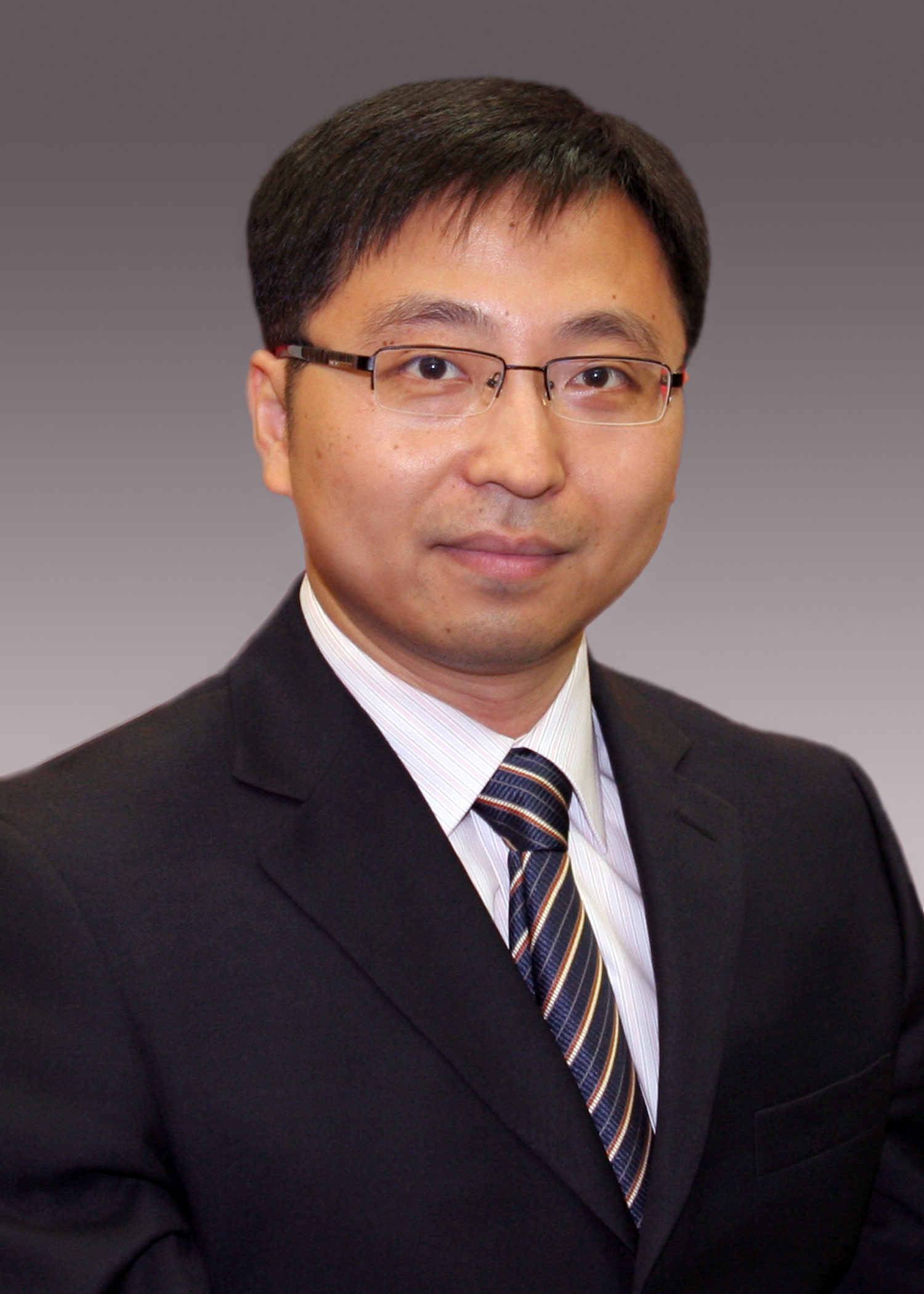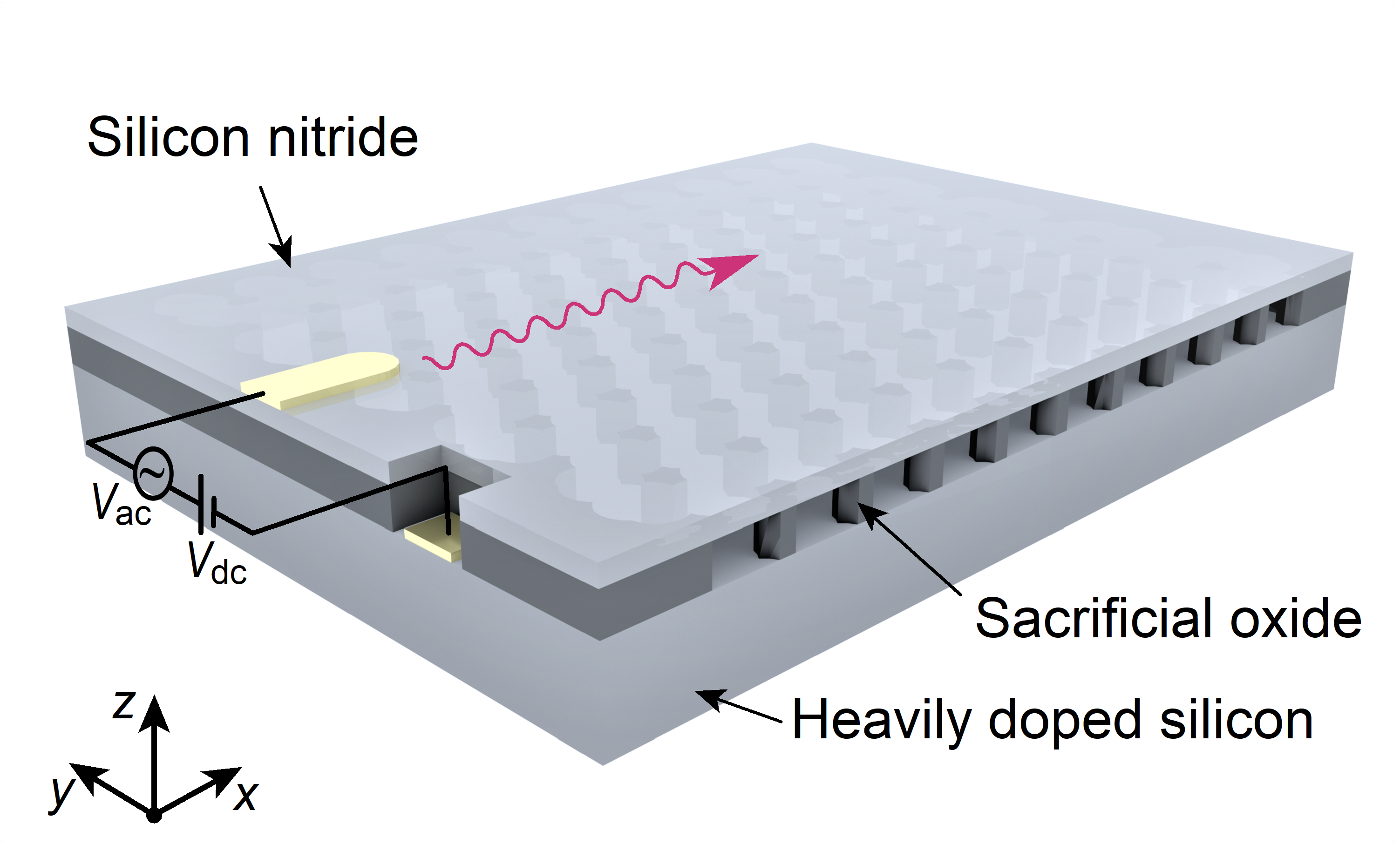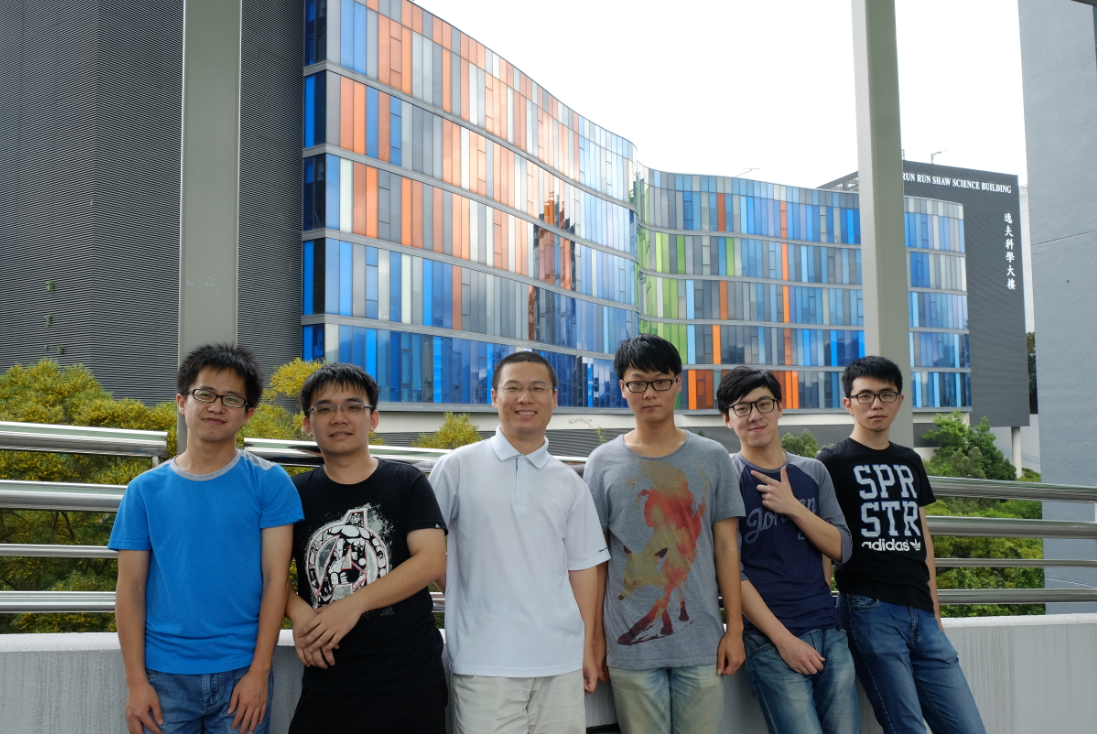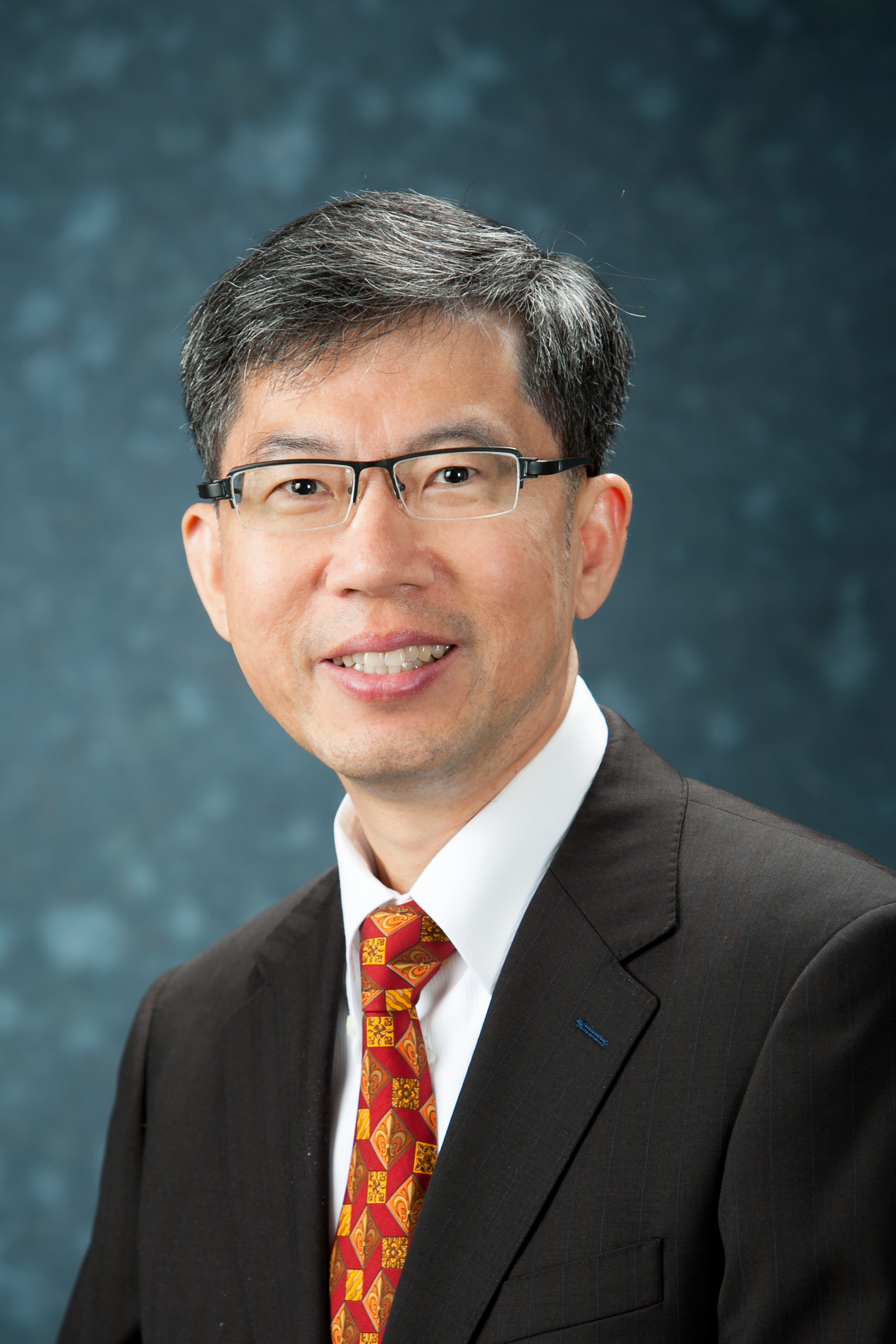Professor Yeung Wai-Ho Raymond, Choh-Ming Li Professor of Information Engineering, and Co-Director of the Institute of Network Coding, The Chinese University of Hong Kong (CUHK) has been named the recipient of the 2022 Claude E. Shannon Award by the IEEE Information Theory Society for consistent and profound contributions to the field of information theory. This award is the highest honour in the field. He will deliver his Shannon Lecture at the 2022 IEEE International Symposium on Information Theory in Espoo, Finland.
Professor Raymond Yeung is a leading figure in the information theory community and a co-founder of the field of network coding, exerting a significant impact in a variety of practical scenarios such as data storage and network communications. The Institute of Network Coding he co-founded has now evolved into a key contributor in Hong Kong that explores and utilises the promises of network coding in practical scenarios. Along with Professor Zhen Zhang of the University of Southern California, he discovered the Zhang-Yeung inequality that established the existence of a new family of information inequalities called non-Shannon type inequalities. These inequalities have inspired a number of follow-on works and continue to be an active area of research at the junction of information theory and mathematics.
Professor Yeung’s current research at CUHK focuses on applying information theory and network coding ideas to develop better coding algorithms. He has invented the BATched Sparse code (BATS code) that improves the network transmission rate of networks with packet loss. He has recently co-founded and serves as the Director of n-hop technologies Limited, a startup company in Hong Kong Science Park, focusing on the research and development of BATS technology to solve the problem of packet loss in wireless multi-hop networks. The company applies the BATS technology to provide Wi-Fi service in country parks that are not well covered by the cellular network, allowing hikers to use mobile devices to navigate, check weather news, upload pictures to social media, and even for emergency calls. He has also co-founded CU Coding, another emerging startup specialising in network coding data storage and physical-layer network coding.
Professor Yeung has received numerous international awards for his fundamental contributions to information theory and pioneering network coding and its applications, including the 2021 IEEE Richard W. Hamming Medal, the 2018 ACM SIGMOBILE Test-of-Time Paper Award and the 2016 IEEE Eric E. Sumner Award. He is a Fellow of the Hong Kong Institution of Engineers, the Hong Kong Academy of Engineering Sciences, and IEEE. He holds 10 patents on BATS code.













